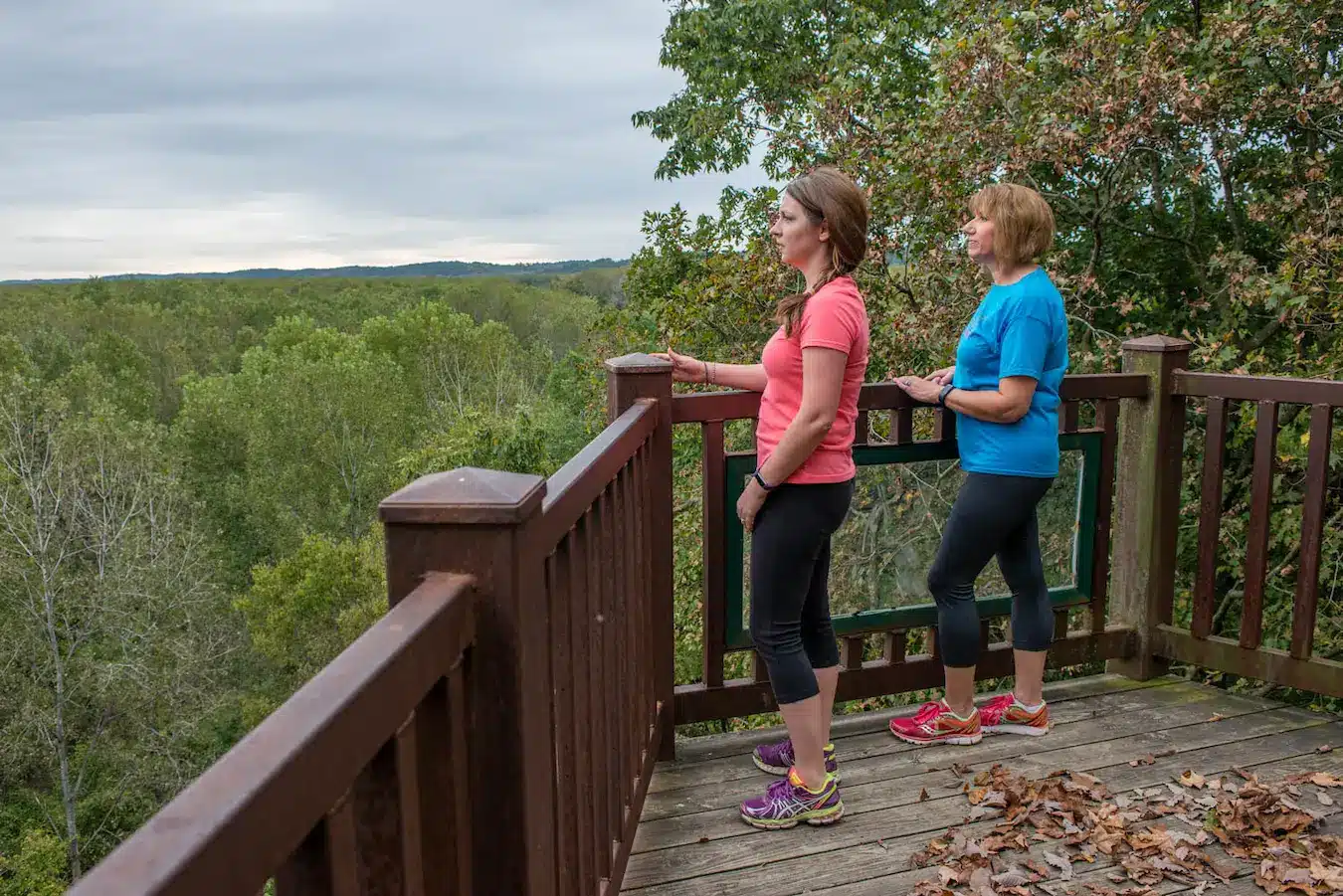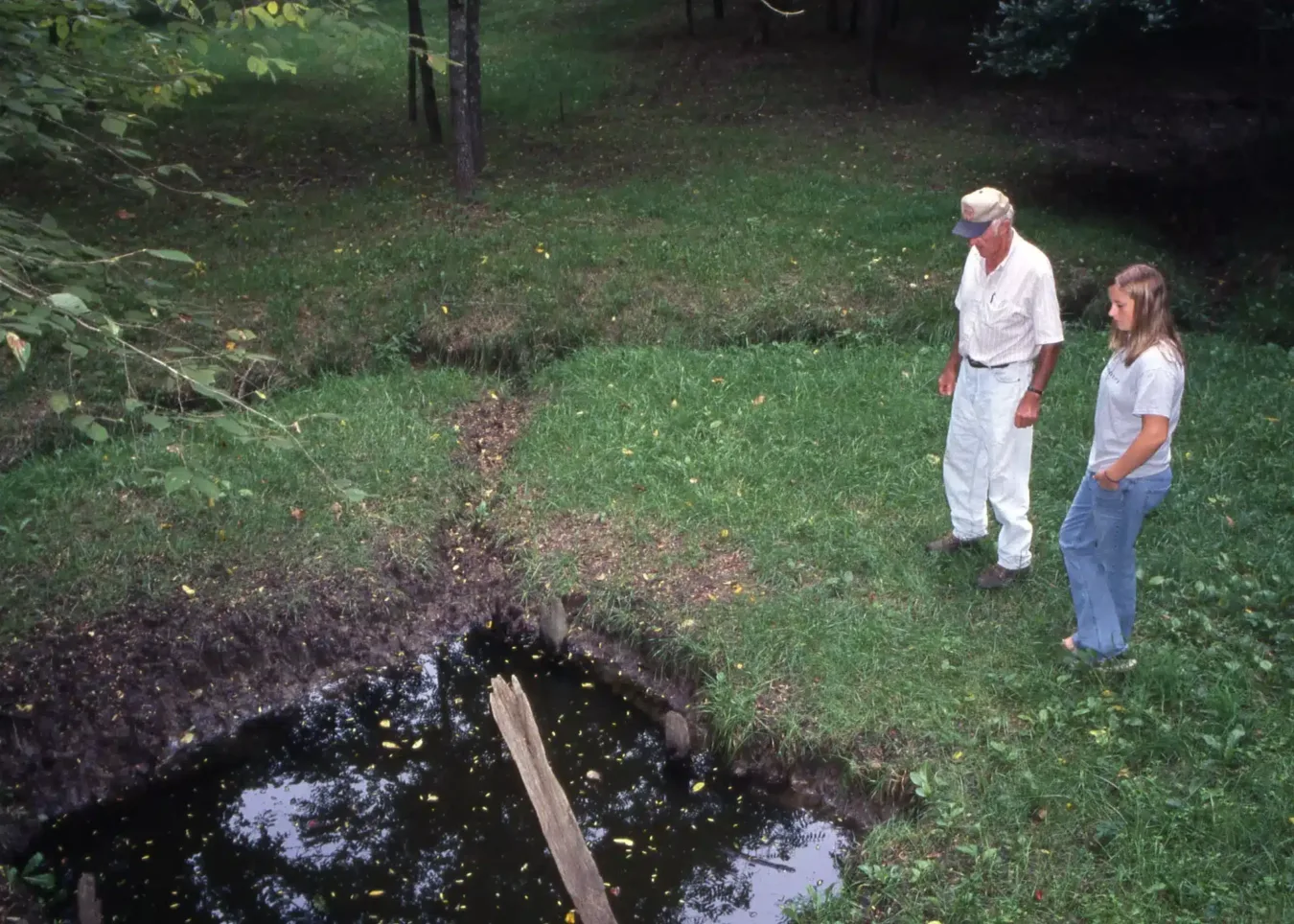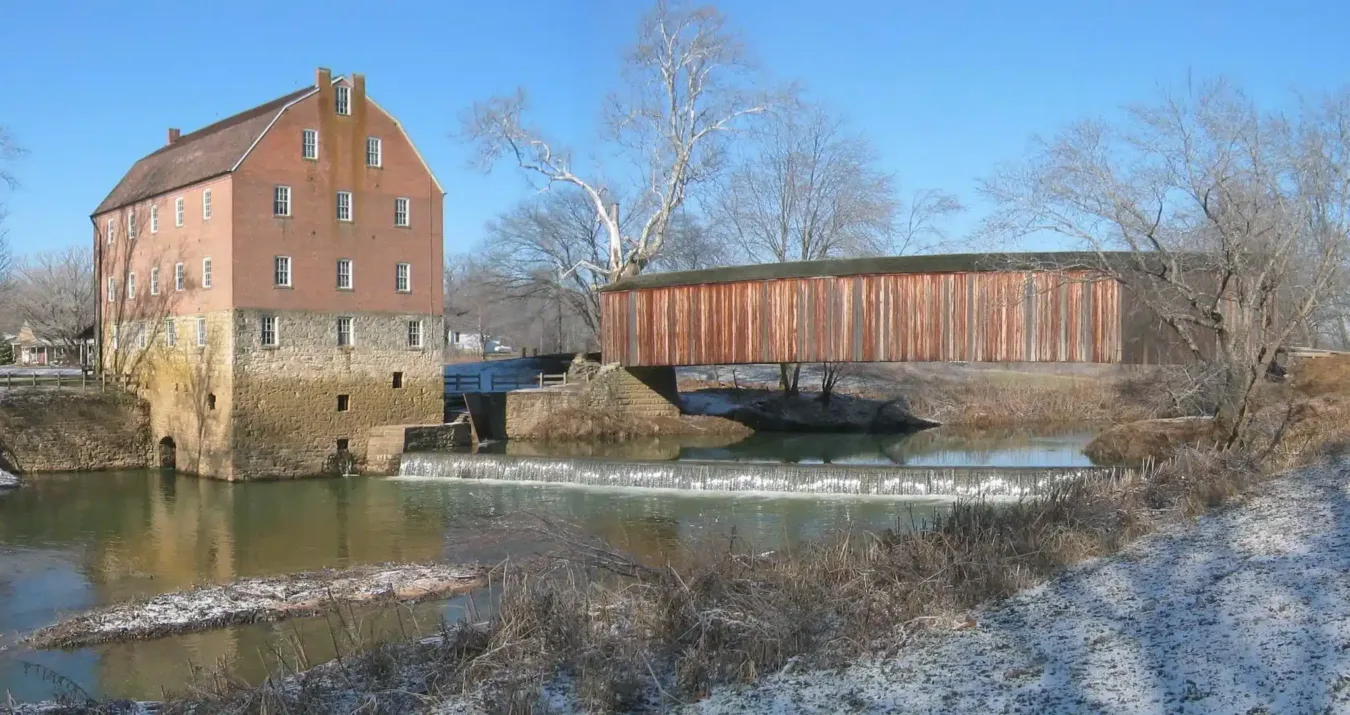Visit the Pommer-Gentner house and the Strehly house at this State Historic Site. See a printing press similar to what was used to print one of the first German language newspapers west of the Mississippi. To round out your visit take a stroll through historic Hermann.
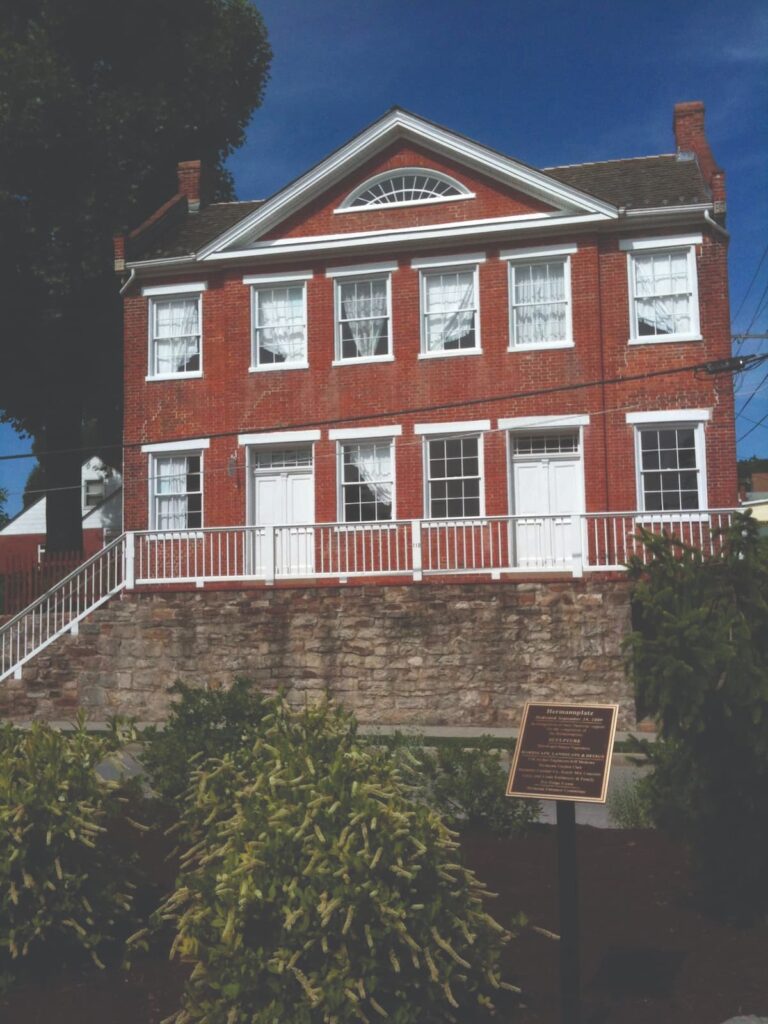
Photo by Nick Decker
THE LOWER MISSOURI RIVER VALLEY was a beacon, promoted as a second Germany to thousands of immigrants seeking economic, intellectual, religious, or political freedom. The result was the most intense immigration movement in the history of the state. By 1860, more than half of Missouri’s diverse foreign-born residents were German. Some towns like Hermann, founded in 1838, were conscious efforts to re-create all they held most dear from German towns left far behind. The region from St. Louis to Boonville along the Missouri had become a true Deutschheim or German home by the mid-nineteenth century.
Today, Hermann maintains much of the look and charm of a nineteenth-century German river town. Its well-maintained historic district and seasonal events like the Maifest, Oktoberfest, and Kristkindl Markt, along with its wineries, attract many visitors.
Deutschheim State Historic Site began with the Pommer-Gentner house and the Strehly house. Of the two historic buildings on the tour of the Deutschheim historic site, the Pommer-Gentner house is the earlier, built in 1840 for the family of Caroline Pommer, widow of Charles Pommer, piano maker and one of the organizers of the Philadelphia settlement society, who died prior to the move. It is a sterling example of German neoclassicism, featuring Beidermeier furnishings appropriate for this leading family. After a succession of other owners from 1856 to 1882, the house came into the possession of G. Henry Gentner and his wife, who had arrived in Hermann in December 1837, four months before the town was even platted. Arriving as newlyweds with few resources, the Gentners raised their family and prospered on a farm southwest of town in the intervening years.
The Strehly house, on the other hand, is a fine example of German vernacular architecture. It was built over a period of twenty-seven years, beginning about 1842. The core of the modest house—a single story and a half with a deep front porch facing the street in the European tradition—was built by Andreas Doldt.
Carl Procopius Strehly of Cincinnati then acquired it in 1843. The house had a stone lower level where Strehly and his brother-in-law and business partner Eduard Muehl operated a full-service printing busi- ness; this level opened to the rear on the south-facing hillside where the partners also cultivated grapes.
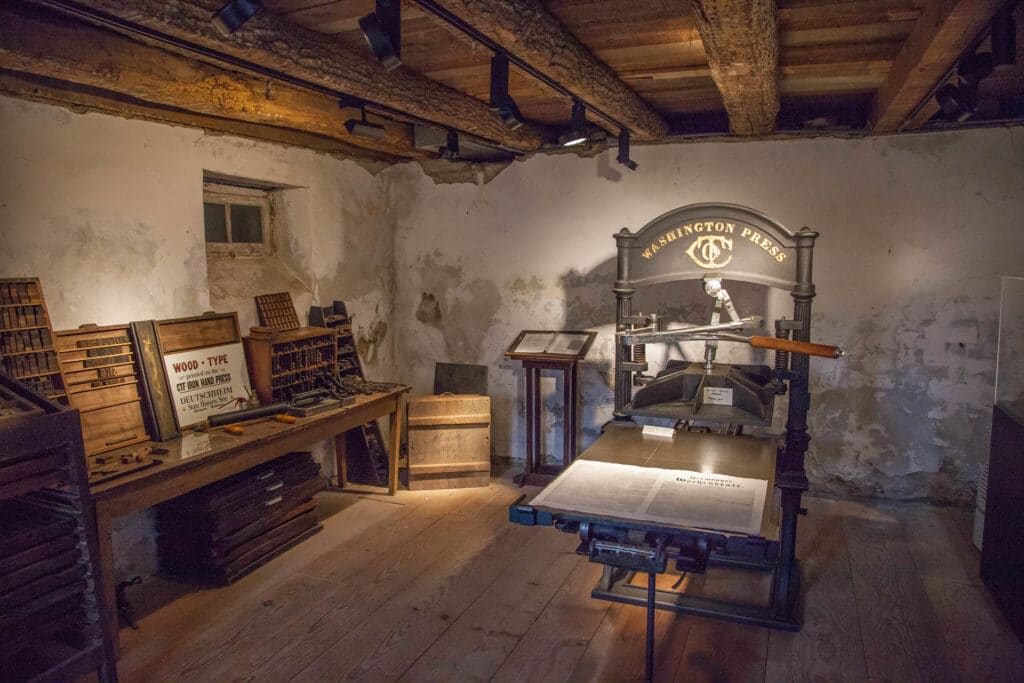
The partners published two of the earliest German language newspapers west of the Mississippi, and the site has acquired and displays a printing press similar to what they would have used to publish their papers.
The Strehly house has undergone major conservation and restoration. With its full printing setup, winery, and other furnishings, it provides an extraordinary window into the daily life of a German middle-class family of limited means in the 1860 to 1885 era. The Pommer-Gentner house has been restored to re- flect a somewhat wealthier family in the earlier settlement period of the 1830s and 1840s. A half-timbered barn behind the house displays gardening and other tools from the nineteenth century. Period gardens, including a German four-square gemüsegarten (kitchen garden) at the rear of the house, offer a lovely place to stroll and to view the Missouri River.
You may also visit the Historic Hermann Museum at the German School (circa 1871) and stroll through the rest of Hermann. A visit to Deutschheim State Historic Site offers a glimpse into the lives and businesses of several founding families of Hermann, but it also illuminates Missouri’s widespread German heritage.
Hermann was set up as a joint-stock company. Members bought stock that entitled them to land or that could be held for profits derived from the colony.

1 acre
Gasconade County
Feature image Courtesy of Missouri State Parks
Read more about Missouri’s German heritage here.
Order Missouri State Parks and Historic Sites book here.
Order Explore Missouri’s German Heritage book here.
Related Posts
Clark’s Hill/Norton State Historic Site
Clark’s Hill is a triple-bonus sort of place, interesting geologically, geographically, and historically. Plus, it provides one of the finest overlook views of the Missouri River valley that can be had. Hike up the hill to stand in the footsteps of Lewis and Clark.
Boone’s Lick State Historic Site
Boone’s Lick State Historic Site is off the beaten track but well worth the trip to visit. We take salt for granted but there was a time that salt was made from boiling down the briny water and then it was shipped to settlements. Learn about salt production at this 50 acre site.
Bollinger Mill State Historic Site
Bollinger Mill and Burfordville Covered Bridge provide you with a step back in time to experience genuine grist milling, a stroll through the oldest covered bridge in Missouri, and a peaceful rest along a tree-lined stream.

